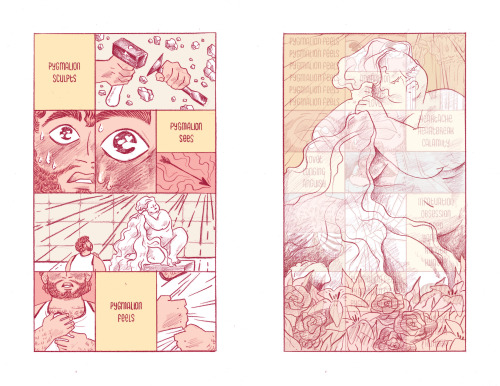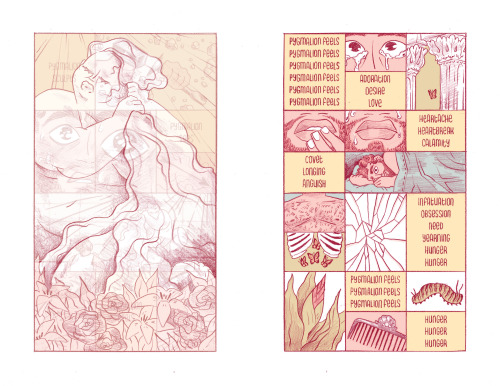#galatea
Galatea, 1888-05-26
Nathaniel L. Stebbins photographic collection
Historic New England
Reference Code PC047.02.0600.01687
Post link

Galatea, reborn bard in a life-size porcelain doll. Commission for @mizora. They gave me an amazing character to draw, and it’s been massive amounts of fun! Thank you again!

Art besties

Galatea beloved
The Race to find Neptune
400 years ago, a great arms race began in the scientific community: using the newly developed technology afforded by the telescope, astronomers and natural scientists stayed up night after night training their new instruments on the sky. Few were as prolific or as careful (or talented) as Galileo Galilei who 404 years ago first saw the planet Neptune through a telescope on the night of December 28, 1612.

The telescope was immediately recognized as the most significant technological revolution in astronomy. Galileo noted the object but failed to recognize its significance, and Neptune disappeared for another 234 years, when it was predicted by French astronomer Urbain LeVerrier. A second arms race began when English, French and German scientists all raced to find the planet predicted by the perturbations in Uranus’ orbit. By this time the telescope was in regular use by both scientists and talented amateurs around the world as scientists stayed up night after night searching for discoveries.

The prediction of a new planet was soon confirmed by German astronomer Johann Gottfried Galle just one year after he finished his Ph.d dissertation which he had sent to LeVerrier for comments. Galle found Neptune first on September 23, 1846, though James Challis had both spotted it and noted it but failed to recognize it as a planet due to using outdated star maps. A minor battle then ensued when LeVerrier suggested the name Leverrier for the new planet-and had English astronomers immediately insist that the recently discovered Uranus be named Herschel after its discoverer, the Anglo-German astronomer William Herschel, who for his part wanted to call Uranus after his patron King George III of England. Galle first proposed Janus (the Roman two-faced god) and Challis proposed Oceanus. Ultimately consensus was found by continuing with the theme of naming planets after Greek and Roman gods, as the west had done since antiquity, and the planet was named Neptune. Irregularities in Neptune’s orbit led to a third race to discover any satellites that might be orbiting, and 17 days later Neptune’s first moon was discovered by amateur English astronomer and beer magnate William Lassell on October 10, 1846 and named Triton.

Neptune’s next two moons were discovered in the 1940s but it wasn’t until the Voyager spacecraft passed Neptune that an additional 5 moons were found. Neptune now has 14 recognized satellites, the most recent of which remains un-named, first spotted in 2004.
Images of Neptune and the Great Dark Spot and all moons courtesy NASA, all other images in the public domain.
Post link
Jean-Léon Gérôme - Pygmalion and Galatea - (c. 1890)
http://en.wikipedia.org/wiki/Jean-Leon_Gerome
Post link












